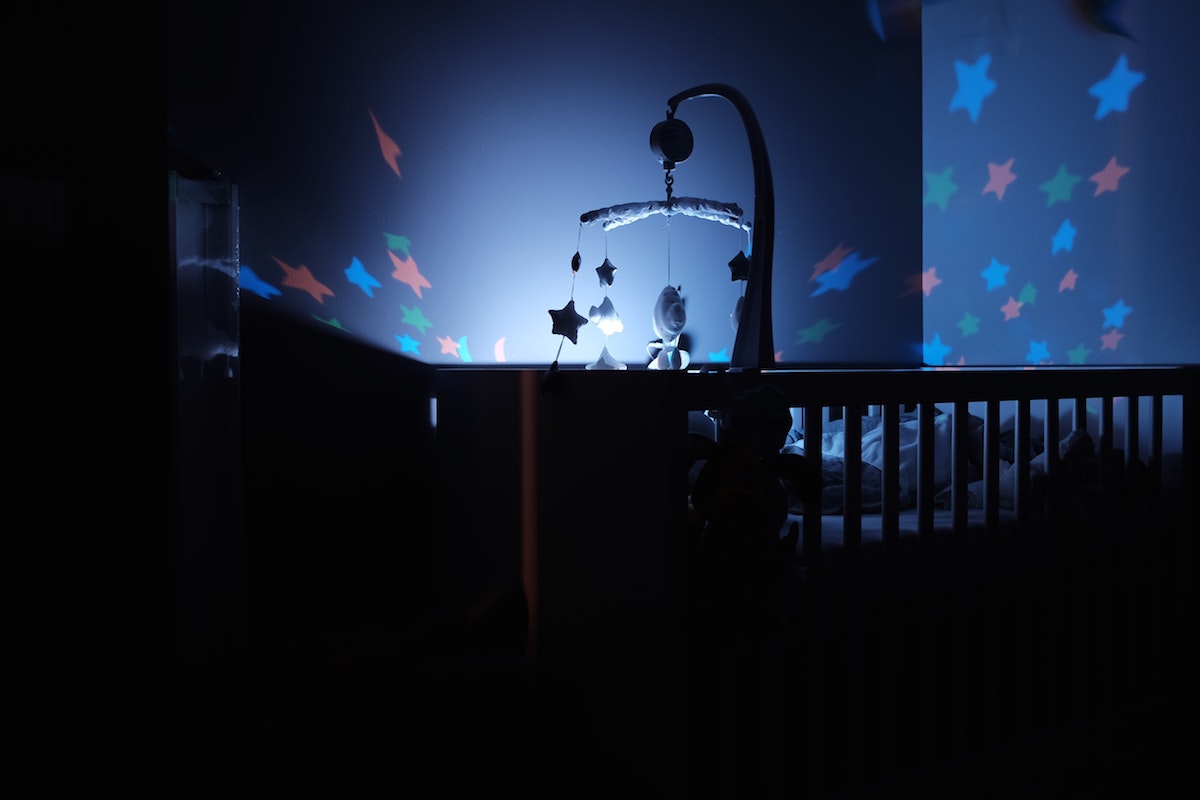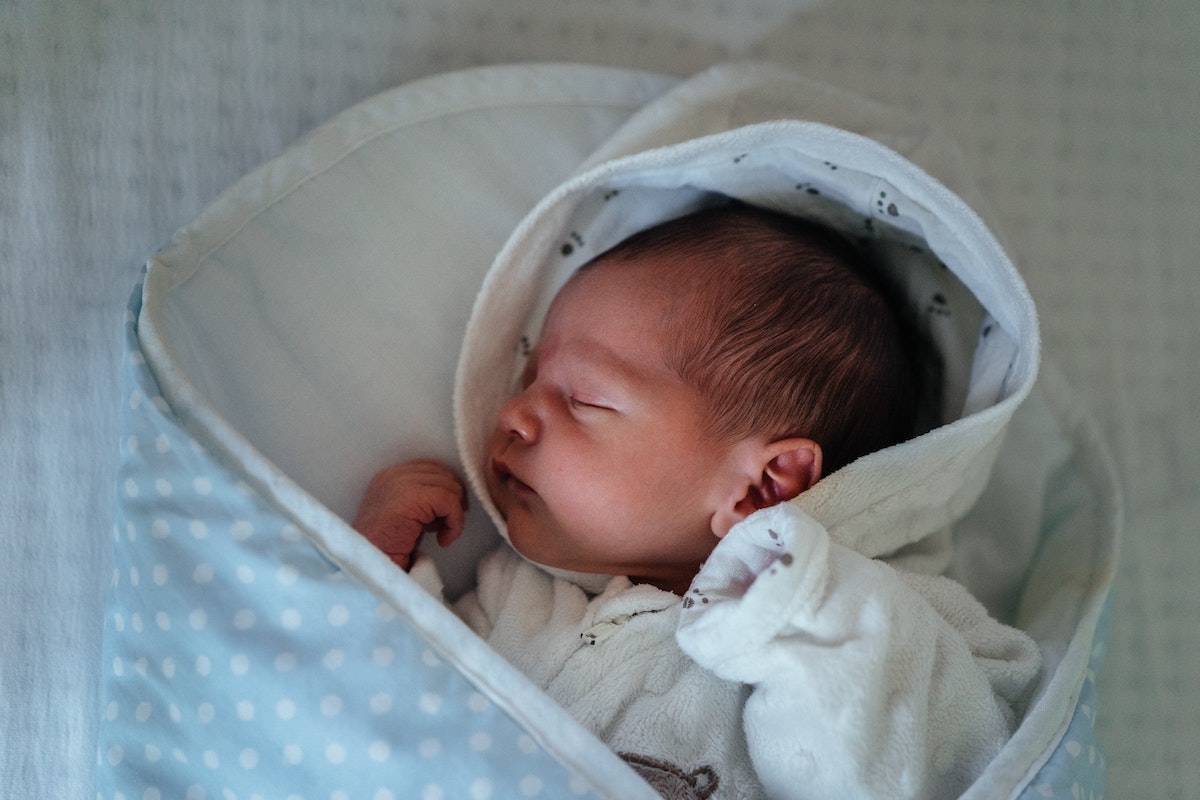Whether they are buying baby books or poring through website after website, new parents have a wealth of information from which to choose. And then of course there’s the helpful (and often unsolicited) advice from parents, friends, neighbors, or random passers-by. Out of all of the advice and opinions given, sleep may be the main topic. How many new mothers are asked the well-meaning question by at least someone: “Is your baby sleeping through the night yet?”
Do you listen to your doctor, a baby blog, or your “crunchy mama” friend when it comes to helping your baby to get into a good sleep routine? And with all the information that is out there–what does science say about sleep? Should you sleep train? Which method should you use? Maybe you should co-sleep–or maybe co-sleeping is dangerous?
Too Much Information?
There are a huge number of books on the topic–a review of the books currently being sold that are exclusively focused on sleep in children lists no less than 41 titles. However, surprisingly few of these books are written by professionals with a background in sleep study, and there is a wide range of advice that is sometimes contradictory. Despite the vast amount of information on the topic, very often the more you’ll read, the more confused you’ll be.

Ferberizers or Searsites?
The two main methods can be divided into “Ferberizers” named after Dr. Richard Ferber and “Searsites” after Dr. William Sears. While Dr. Ferber recommends the “crying it out” or “extinction” methods of allowing a child to cry themselves to sleep, Dr. Sears advocates physical contact both during the day and night, including co-sleeping. And then, of course, there is a large spectrum of sleep methods that fall between these two methodologies. To make matters more confusing, both Drs. Ferber and Sears have moved closer towards a middle position where they advocate “the position that where a child sleeps is not nearly as important as interactions during the transition to and from sleep.”
Concerns
Some of the main concerns often shared about “crying it out” methods is that they may damage children’s emotional and mental development. However, in a study that tracked children five to six years after implementing some sort of “cry it out” method, it showed that there was seemingly no long-term harm nor added benefit. At the same time, studies also showed that sleep trained infants “displayed significantly better sleeping patterns […] and parents awakened and responded less often to infant signaling and reported greater parental competence.” The voice of dissent to the “cry it out” camp only seems to be an ethical questioning of whether ignoring a child’s cries is ignoring their call for communication–although little or no research confirms whether or not that is the case.

Benefits vs. Risks
The question of the benefits versus risks of co-sleeping is also becoming less clear. The American Academy of Pediatrics (AAP) has long-deemed bed sharing unsafe due to a “risk of SIDS, suffocation, or strangulation. It is feared that parents can roll onto babies during sleep, or babies can get tangled in the sheets or blankets.” However, studies are now questioning that claim, saying that the “different types of co-sleeping and bedsharing [need to] be recognised and distinguished.” Indeed, there are large proportions of the population who do co-sleep due to cultural practices, and a rising trend of longer-term breastfeeding, which often goes hand-in-hand with bedsharing.
One thing that nearly all methodologies recommend is having a nightly bedtime routine–this has been linked with improved sleep. However, as discussed above, choosing your favored sleeping methodology can be more complicated. Whatever a parent decides to do, they should always check with their pediatrician about recommended safety practices and remember that–at the end of the day–the likelihood is that your little one will be just fine.
References
- Kathleen D. Ramos, Davin M. Youngclarke, Parenting Advice Books About Child Sleep: Cosleeping and Crying It Out, Sleep, Volume 29, Issue 12, December 2006, Pages 1616–1623, https://doi.org/10.1093/sleep/29.12.1616
- Five-Year Follow-up of Harms and Benefits of Behavioral Infant Sleep Intervention: Randomized Trial, Anna M.H. Price, Melissa Wake, Obioha C. Ukoumunne, Harriet Hiscock Pediatrics Oct 2012, 130 (4) 643-651; DOI: 10.1542/peds.2011-3467
- Wolfson, A., Lacks, P., & Futterman, A. (1992). Effects of parent training on infant sleeping patterns, parents’ stress, and perceived parental competence. Journal of Consulting and Clinical Psychology, 60(1), 41–48. https://doi.org/10.1037/0022-006X.60.1.41
- Blunden SL, et al., Behavioural sleep treatments and night time crying in infants: Challenging the …, Sleep Medicine Reviews (2010), doi:10.1016/j.smrv.2010.11.002
- Safe Sleep and Your Baby – pamphlet from AAP
- James J. McKenna, Thomas McDade, Why babies should never sleep alone: A review of the co-sleeping controversy in relation to SIDS, bedsharing and breast feeding, Paediatric Respiratory Reviews, Volume 6, Issue 2, 2005, Pages 134-152, ISSN 1526-0542, https://doi.org/10.1016/j.prrv.2005.03.006.
- Cunningham, H. M., et al. “Bed-Sharing in the First 8 Weeks of Life: An Australian Study.” Maternal and Child Health Journal, vol. 22, no. 4, 2018, p. 556+. Gale General OneFile, https://link.gale.com/apps/doc/A531315936/ITOF?u=baltcntycpl&sid=ITOF&xid=22942267. Accessed 23 Dec. 2019.
- Cosleeping and Sleep Problems in Hispanic-American Urban Young Children Frances Fuchs Schachter, Margot L. Fuchs, Polly E. Bijur, Richard K. Stone Pediatrics Sep 1989, 84 (3) 522-530;
- Jodi A. Mindell, Albert M. Li, Avi Sadeh, Robert Kwon, Daniel Y.T. Goh, Bedtime Routines for Young Children: A Dose-Dependent Association with Sleep Outcomes, Sleep, Volume 38, Issue 5, 1 May 2015, Pages 717–722, https://doi.org/10.5665/sleep.4662